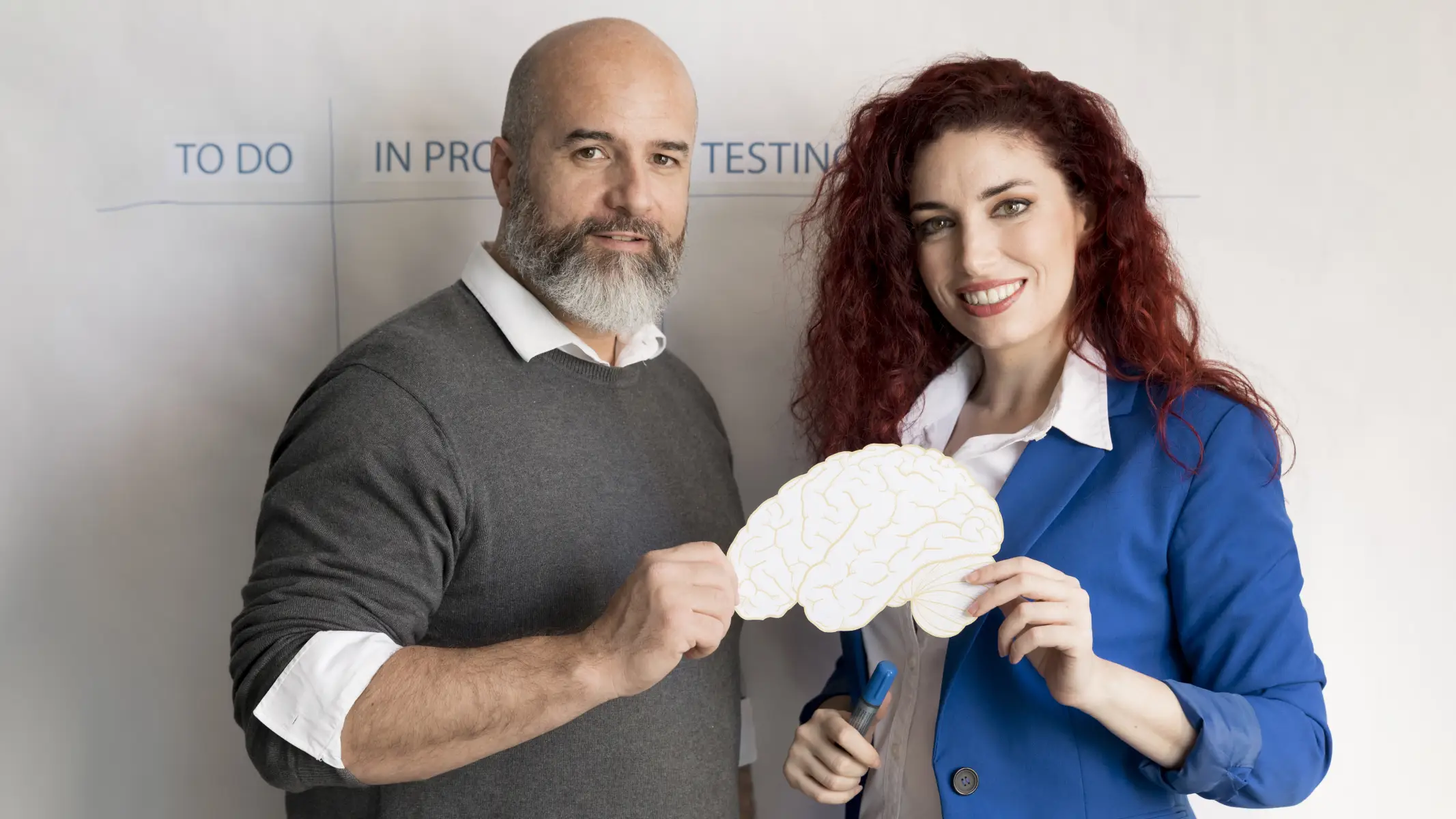Introduction to Pain Management
Chronic pain is a persistent and often debilitating condition that affects millions of people worldwide. Unlike acute pain, which typically results from injury or illness and subsides with recovery, chronic pain persists for months or even years, often with no clear resolution. Living with chronic pain can disrupt daily life, impacting relationships, mental health, and the ability to work or participate in previously enjoyed activities.
While medical treatments such as medication, physical therapy, or surgeries can provide some relief, the psychological aspect of chronic pain management plays a significant role in improving quality of life. Pain is not solely a physical experience; it’s deeply interconnected with emotional and mental well-being. Psychological coping strategies can help reduce the intensity of pain, improve mental fortitude, and empower individuals to lead fulfilling lives despite their condition.
In this whitepaper, we’ll explore effective psychological approaches to coping with chronic pain, including cognitive behavioural techniques, strategies for building emotional resilience, and practical mental health support tips for managing the challenges of chronic illness.
Cognitive Behavioural Techniques
Cognitive Behavioural Therapy (CBT) is one of the most effective psychological strategies for managing chronic pain. CBT focuses on the connection between thoughts, emotions, and behaviours, helping individuals break negative thought patterns and develop healthier ways of responding to pain. By reframing how the mind interprets and reacts to pain, individuals can reduce its perceived intensity and impact on their lives.
1. Challenging Negative Thought Patterns
Chronic pain can lead to negative thought cycles, such as catastrophising (“The pain will never go away!”) or self-blame (“I must have done something to deserve this”). These thoughts can amplify discomfort and affect mental health.
- CBT Strategies Include:
- Identifying irrational or unhelpful thoughts and reframing them with more balanced perspectives.
- Replacing automatic negative thoughts with statements like “This pain is difficult, but I have strategies to manage it.”
- Practising mindfulness and focusing on the present moment to reduce excessive worry about the future.
Reframing these thoughts can help reduce feelings of helplessness or defeat, empowering individuals to manage their pain instead of allowing it to control them.
2. Relaxation and Mindfulness Techniques
Pain often creates a feedback loop of stress, tension, and increased pain perception. Relaxation techniques help calm the mind and body, thereby reducing this cycle.
- Mindfulness Practices: Practising mindfulness involves focusing on the present moment without judgment and becoming more aware of physical sensations, thoughts, and emotions. Mindfulness meditation has been shown to reduce pain sensitivity and emotional distress caused by chronic pain.
- Guided Imagery: Guided imagery involves visualising a calming or pleasant scene (e.g., walking along the beach), which can distract the mind and reduce pain intensity.
- Progressive Muscle Relaxation (PMR): Gradually tensing and relaxing muscle groups helps release built-up tension and can soothe pain-related discomfort.
3. Activity Pacing
People with chronic pain often struggle between doing too much on “good” days and doing very little on “bad” days. This pattern, known as the “boom-and-bust cycle,” can further exacerbate pain.
- Pacing involves:
- Breaking tasks into smaller, manageable steps with rest intervals.
- Setting realistic goals for daily activities to avoid overexertion.
- Using timers or planning tools to stay mindful of your physical limits.
Activity pacing helps create a sustainable routine, keeping individuals active without worsening their pain.
4. Biofeedback
Biofeedback is a technique that uses electronic devices to monitor physiological functions like heart rate, muscle tension, or skin temperature.
- Learning to regulate these bodily functions through relaxation or breathing exercises can reduce stress responses and provide better pain management.
- Awareness of physical processes helps create a sense of control over involuntary pain responses.
Developing Emotional Resilience
Chronic pain doesn’t just impact the body—it takes an emotional toll as well. Emotional resilience refers to the ability to adapt, recover, and thrive despite adversity. Developing emotional strength can empower individuals to handle the ongoing challenges of living with a chronic condition.
1. Recognising and Expressing Emotions
Bottling up emotions associated with chronic pain, such as frustration, sadness, or anger, can worsen both the physical and psychological impact of pain.
- Journaling: Writing about feelings and thoughts can be a powerful outlet for releasing pent-up emotions and processing difficult experiences.
- Talking Therapy: Professional counselling or psychotherapy provides a safe, supportive environment to talk about emotions linked to chronic pain.
Acknowledging and expressing emotions allows individuals to process their grief or frustration, paving the way for acceptance and growth.
2. Building a Support Network
Isolation can worsen feelings of helplessness and stress for people living with chronic pain. Surrounding oneself with supportive people—whether loved ones, friends, or peer groups—can significantly improve well-being.
- Find Support Groups: Chronic pain support groups (both in-person and online) provide empathy, understanding, and shared advice from people who have experienced similar challenges.
- Ask for Help: Be honest with those around you—friends and family often want to help but may not know how unless you communicate your needs.
Connecting with others can reduce feelings of loneliness and validate personal struggles with pain.
3. Establishing a Routine
Chronic pain often disrupts daily life, leading to unpredictability and a sense of loss. Creating a regular routine provides structure and stability.
- Schedule activities like gentle exercise, social time, and self-care to create balance.
- Incorporate stress-relieving hobbies, such as yoga, knitting, or painting, that bring enjoyment and purpose.
A routine also helps reduce uncertainty, which can minimise anxiety related to living with pain.
4. Setting Goals and Celebrating Progress
Living with chronic pain can feel like an endless hurdle, particularly if progress feels slow. Setting small, realistic goals provides motivation and a sense of accomplishment.
- Examples of Goals: Completing a short walk, practising mindfulness for 10 minutes, or spending time outside.
- Celebrate achievements, no matter how small—it helps reinforce positivity and build resilience.
- Focus on Progress, Not Perfection: Pain doesn’t define success; even the smallest improvements count.
Reinforcing positive progress encourages proactive living, even in the face of challenges.
Mental Health Support and Professional Guidance
Psychological strategies for chronic pain management are most effective when combined with professional mental health support. Seeking therapy or psychological interventions tailored to pain can transform how individuals perceive and cope with their condition.
- Cognitive Behavioural Therapy (CBT): CBT enables individuals to manage the emotional and cognitive components of chronic pain.
- Acceptance and Commitment Therapy (ACT): ACT focuses on accepting pain rather than trying to fight it, creating more mental flexibility for focusing on values and goals.
- Mindfulness-Based Stress Reduction (MBSR): This structured programme combines mindfulness and meditation to cultivate awareness and reduce the impact of chronic pain.
Working with trained therapists ensures individuals can access targeted methods to manage pain’s effects on both their body and mind.
Conclusion
Chronic pain challenges both physical and emotional resilience, making effective coping strategies essential for maintaining a meaningful and fulfilling life. Psychological approaches, such as cognitive behavioural techniques, mindfulness, and activity pacing, can help individuals reframe their perceptions of pain and regain control over their lives. Equally important is developing emotional resilience through self-expression, structured routines, and active support networks.
While chronic pain may never completely go away, the tools and strategies outlined in this whitepaper empower individuals to manage its toll and foster a more positive mindset. By combining psychological strategies with professional support, it is possible to not only live with chronic pain but to thrive despite it.










